

Marigold Flowers: The Vibrant Guardians of Your Garden
Introduction
In the world of gardening, marigold flowers are like the colorful confetti at a celebration—bright, cheerful, and impossible to ignore. These dazzling blooms not only bring a splash of color to your garden but also serve a multitude of purposes that go beyond mere aesthetics. From repelling pests to attracting pollinators, marigolds are the unsung heroes of the horticultural realm. Marigolds belong to the genus Tagetes and are celebrated for their striking, vibrant flowers. They bloom profusely from summer to fall, gracing gardens with shades of orange, yellow, red, and even creamy white. But their contribution doesn’t stop at beauty; they also have aromatic, fern-like foliage that helps keep pesky garden invaders at bay. Whether you’re a seasoned gardener or a budding enthusiast, this article will guide you through everything you need to know about marigold flowers. You’ll learn about their various types, care requirements, and the benefits they bring to your garden. One of the best things about marigolds is their adaptability. They thrive in a variety of conditions, making them perfect for any green space. Plus, they’re low maintenance! Forget about spending hours tending to fussy blooms. Marigolds are here to save the day and your sanity. If you’re ready to start your marigold journey, don’t forget to grab a Marigold Seeds Variety Pack. This way, you can enjoy a colorful array of blooms all season long! So, prepare to be captivated by their charm and versatility! By the end of this article, you will understand why marigolds are a favorite among gardeners and how to integrate these beautiful flowers into your own green sanctuary. Get ready to infuse your garden with vibrant life and a dash of personality, all thanks to marigold flowers!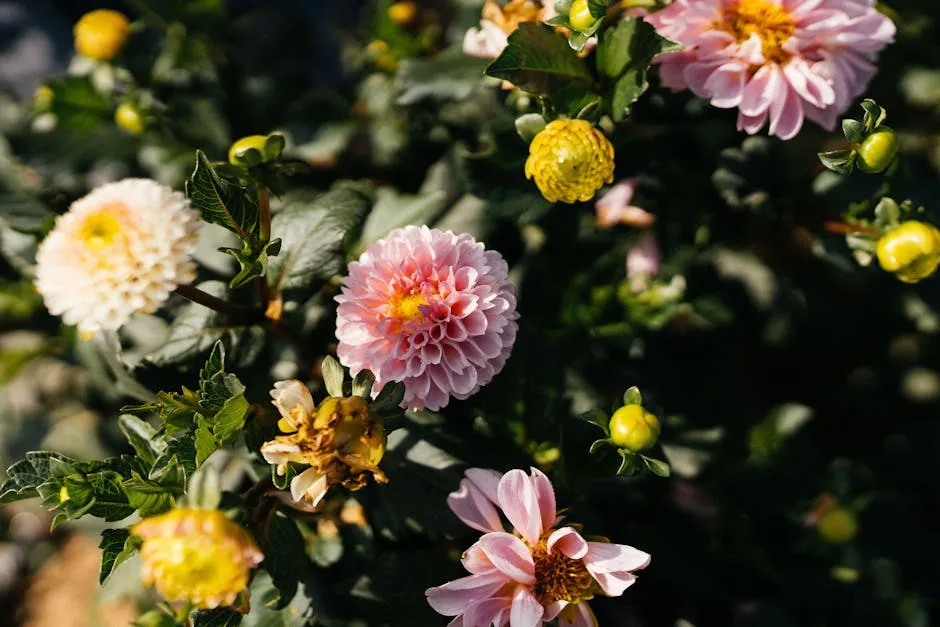
Summary Section
Marigold flowers, scientifically classified under the genus Tagetes, are renowned for their vibrant blossoms that bloom from summer to fall. This article explores the fascinating world of marigolds, detailing their various species and unique characteristics.- Varieties: Discover the differences between popular annual marigolds like the African Marigold (Tagetes erecta) and French Marigold (Tagetes patula), as well as perennial options like Mexican Marigold (Tagetes lemmonii).
- Benefits of Growing Marigolds: Learn about their natural pest-repelling properties, their role in companion planting, and their ability to attract beneficial insects.
- Garden Design Ideas: Uncover creative ways to incorporate marigolds into your garden design, from borders and mass plantings to container gardens.
- Planting and Care: Get expert tips on when to plant marigold seeds, how to care for them, and the best practices for ensuring a thriving display.
- Common Questions: Find answers to frequently asked questions about marigolds, including their edibility and whether they are suitable for gardens with pets.

Marigold Varieties
Marigolds come in a dazzling array of shapes, colors, and sizes. They can be broadly categorized into annuals and perennials, each bringing its own charm to your garden. Let’s take a closer look at these vibrant varieties.Popular Annual Marigolds
- Tagetes erecta (African Marigold): This beauty stands tall at 3-4 feet. It boasts large, pom-pom-like flowers that can reach up to 5 inches across. The colors? Think vibrant yellows, oranges, and creamy whites. These marigolds thrive in hot, dry conditions and love full sun. Care tip: water them at the base to keep those roots happy!
- Tagetes patula (French Marigold): Ranging from 6 to 12 inches, this charming little flower packs a punch with its semi-double and double blooms. You’ll find them in shades of red, orange, and yellow. Not only are they stunning, but they also protect your garden from sneaky nematodes. They adapt well to poor soils, making them the ultimate low-maintenance option.
- Tagetes tenuifolia (Signet Marigold): These petite wonders grow to about 12 inches and are famous for their lemon-scented flowers. Each bloom is around an inch across and can add a zesty twist to salads or teas. Talk about edible elegance! They’re a delightful addition to both your garden and your plate.
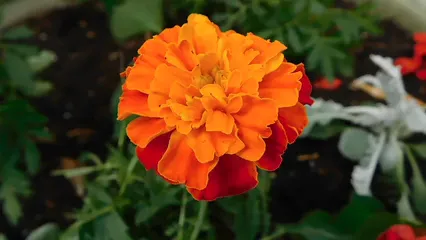
Popular Perennial Marigolds
- Tagetes lemmonii (Mexican Marigold): Standing at 4 to 6 feet, this perennial brings a burst of golden-yellow, daisy-like flowers. It’s not just about looks; its aromatic foliage attracts bees and butterflies. Plant it in sunny spots to encourage those pollinators to visit your garden regularly.
- Tagetes lucida (Mexican Tarragon): With a height of up to 30 inches, this marigold is a culinary gem. Its bright golden-yellow flowers and aromatic leaves are perfect for seasoning your favorite dishes. It also has medicinal uses, making it a fantastic multi-tasker in your garden.
- Calendula officinalis (Pot Marigold): Often confused with Tagetes, this flower deserves recognition for its bright, edible blooms. Calendula has been used for centuries for its medicinal properties. Its vibrant petals can brighten up both your garden and your salad bowl.
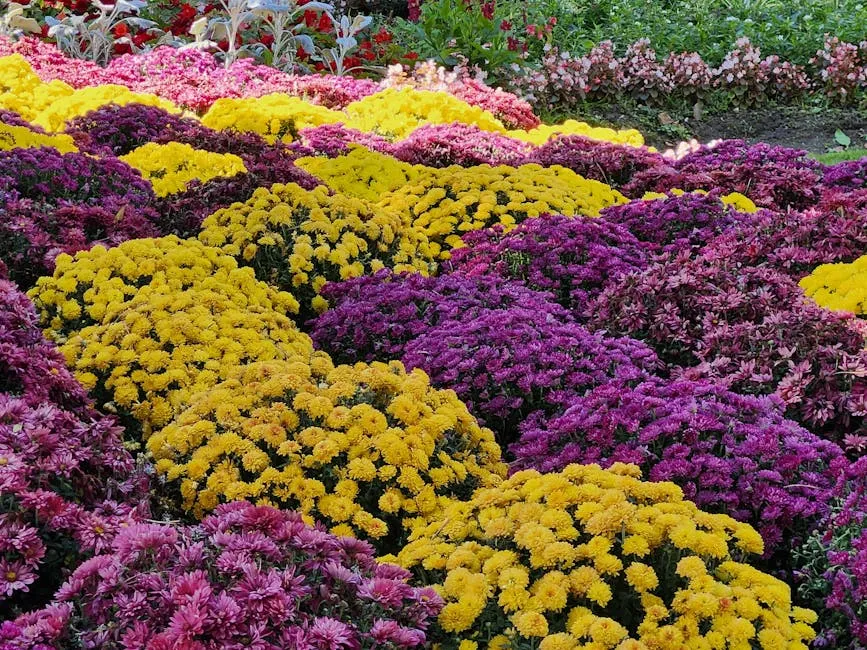
Why Should I Grow Marigold Flowers?
Marigolds are more than just pretty faces in the garden. They offer a bunch of benefits that make them a must-have for any gardening enthusiast.- Pest Control: Marigolds act as natural repellents. They keep pesky bugs like aphids and nematodes at bay. Plant them near vegetables to protect your crops without resorting to harsh chemicals.
- Attracting Beneficial Insects: These flowers have a knack for attracting pollinators. Bees and butterflies love them! By planting marigolds, you’re creating a welcoming environment for these helpful critters. Learn more about attracting beneficial insects.
- Versatility: Marigolds thrive in various conditions. Whether you have full sun or partial shade, they can adapt. Their resilience makes them perfect for novice and experienced gardeners alike.
- Companion Planting: These flowers are excellent companions for veggies. They improve soil health and deter harmful pests, promoting a thriving vegetable garden.
- Low Maintenance: Forget about high-maintenance blooms. Marigolds require minimal watering and little fertilization. Their drought tolerance means you can enjoy vibrant flowers without constant attention.


Garden Design with Marigold Flowers
Marigolds are like the confetti of the gardening world! Their vibrant colors can transform any garden space into a lively spectacle. Here’s how to incorporate these beauties into your garden design.Borders and Edging
Compact marigold varieties are perfect for creating colorful borders. These little gems, like the French Marigold, stand at just 6 to 12 inches tall. They form a cheerful outline around pathways or flower beds. It’s like adding a burst of sunshine to your garden’s edges! Not only do they look good, but they also act as a protective barrier, keeping pests at bay.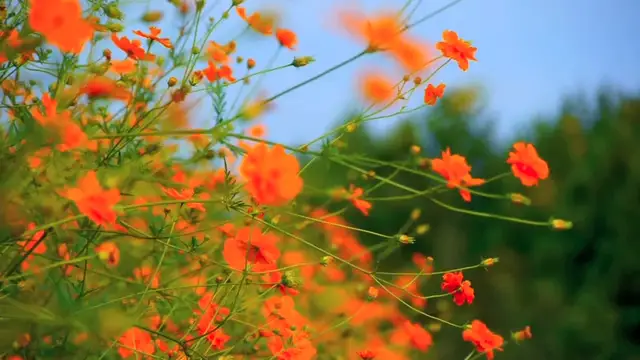
Mass Planting
Want to make a bold statement? Mass planting marigolds will do just that! Choose a mix of colors to create stunning blocks of color. Picture a sea of vibrant oranges and yellows swaying in the breeze. This technique works wonders in larger flower beds, drawing the eye and creating a focal point that’s hard to miss. Plus, the visual impact is simply mesmerizing!
Companion Planting
Marigolds are fantastic companions for vegetables. Plant them alongside tomatoes, peppers, or cucumbers to deter pesky insects. They naturally repel aphids and nematodes, which can wreak havoc on your crops. Think of marigolds as your garden’s bodyguards, standing watch while your veggies thrive in peace.
Container Gardens
Short on space? No problem! Marigolds are ideal for container gardens. Use pots or hanging baskets to showcase their vibrant blooms. You can mix different marigold varieties for an eye-catching display. They thrive in containers, bringing color to patios, balconies, and small gardens. Just ensure they get plenty of sunlight and watch them flourish!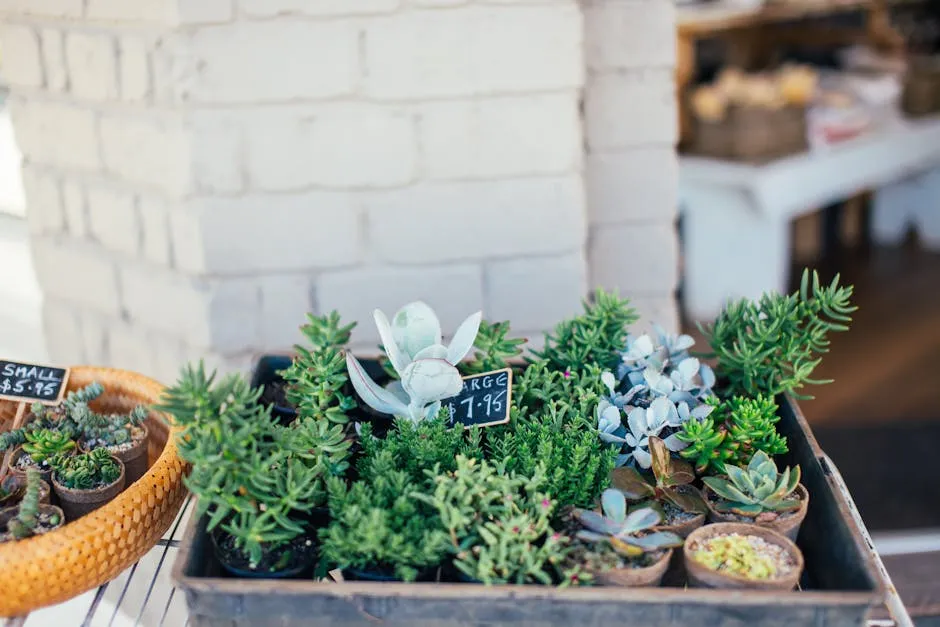
Pollinator Gardens
Marigolds are a fantastic addition to pollinator gardens. Combine them with nectar-rich plants like lavender or bee balm. This creates a buffet for bees, butterflies, and hummingbirds. Not only do marigolds attract these helpful visitors, but their bright colors add to the garden’s allure. It’s a win-win for both your garden and the environment! Incorporating marigolds into your garden design adds a punch of color and a whole lot of benefits. From borders to pollinator havens, these flowers are versatile and delightful. So, roll up your sleeves and let marigolds work their magic in your garden!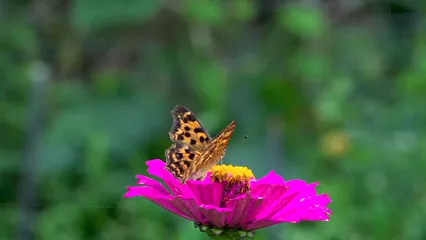
When and How to Plant Marigold Seeds
Timing is everything when it comes to planting marigold seeds. Here’s a handy guide to ensure your marigolds flourish!Best Time to Plant
The best time to plant marigold seeds is after the last frost. Check your local frost dates to avoid chilly surprises! Marigolds thrive when the soil temperature reaches at least 65°F. They love warmth, so planting in late spring ensures a bountiful bloom.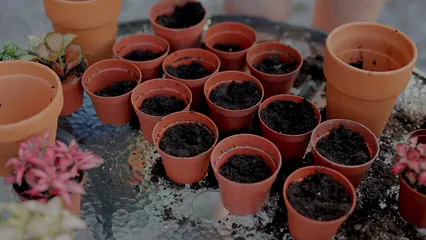
Indoor Starting
Starting marigold seeds indoors is a great way to get a head start. Begin about 6 to 8 weeks before the last frost date. Use seed trays filled with seed-starting mix. Keep the soil moist but not soggy. Once the seedlings develop a few sets of leaves, they’re ready for the great outdoors!
Direct Sowing
If you prefer the no-fuss approach, direct sowing is the way to go. Wait until soil temperatures warm up and frost is behind you. Plant seeds about 1/4 inch deep and 1 inch apart. Water gently to keep the soil moist. Thin seedlings as they grow, ensuring proper spacing. Soon, you’ll have a vibrant marigold display!
Caring for Marigold Flowers
Caring for marigold flowers is as easy as pie! With just a few simple practices, you can keep these vibrant blooms happy and thriving.- Watering and Moisture: Marigolds prefer well-drained soil. Allow the top inch of soil to dry out between waterings. This helps prevent root rot. Water at the base of the plant to keep the foliage dry. If you’re unsure, stick your finger in the soil. If it feels dry, it’s time to water!
- Fertilizer: Marigolds are not high-maintenance when it comes to nutrition. In fact, they often thrive in average soil. If your soil is particularly poor, a balanced fertilizer can be applied once during the growing season. Use it sparingly—too much fertilizer can lead to lush foliage but fewer blooms.
- Deadheading: Don’t be shy about deadheading! This process involves removing spent flowers. It’s like giving your marigolds a little haircut. Deadheading encourages more blooms and extends the flowering period. Plus, it keeps your garden looking tidy and fresh.
- Harvesting: Want to cut some marigolds for arrangements? Timing is everything! Cut the stems when the blooms are halfway open. This ensures they last longer in a vase. Use sharp scissors to avoid damaging the plant. Always cut in the morning for the freshest flowers.

Conclusion
Marigold flowers are not just a feast for the eyes; they are a gardener’s best friend. With their vibrant colors, pest-repelling properties, and ease of care, marigolds are perfect for any garden—whether you’re a novice or a pro. By incorporating these lovely blooms into your gardening plans, you can enhance the beauty and health of your garden while enjoying the myriad benefits they offer. Imagine strolling through your garden, a kaleidoscope of yellows and oranges greeting you. Each marigold not only brightens your landscape but also keeps harmful pests at bay. These flowers attract beneficial insects, turning your garden into a thriving ecosystem. So, roll up your sleeves, grab a handful of marigold seeds, and transform your garden into a vibrant sanctuary filled with life and color. With just a little care, your marigolds will flourish, bringing joy and beauty to your outdoor space. Embrace the magic of marigolds, and let them work their wonders in your garden!FAQs
Are marigolds perennials?
Most marigolds are annuals, meaning they complete their life cycle in one growing season. However, some varieties are perennial, such as the Mexican Marigold (Tagetes lemmonii) and Mexican Tarragon (Tagetes lucida). These hardy plants can return year after year, adding vibrant color to your garden. If you want lasting blooms, consider incorporating perennials into your design!
Are marigolds edible?
Yes, certain marigold varieties are indeed edible! The Signet Marigold (Tagetes tenuifolia) is particularly popular for culinary uses. Its lemon-scented flowers can be sprinkled on salads, added to teas, or used as a colorful garnish. The petals bring a zesty flavor and a pop of color to your dishes! Just remember, not all marigolds are safe to eat, so stick with the known edible varieties.
Do deer eat marigolds?
Deer tend to steer clear of marigolds. The strong scent of these flowers is a natural deterrent for these four-legged munchers. So, if you have a garden that is prone to deer visits, planting marigolds can help protect your beloved plants. They’ll act as a colorful fence, keeping those pesky deer at bay while adding beauty to your garden!
Are marigolds poisonous to dogs?
Marigolds are generally considered non-toxic to dogs. A nibble here and there won’t harm your furry friend, but too much can lead to mild gastrointestinal upset. Always keep an eye on your pets when they’re exploring the garden. If you notice any unusual behavior after they’ve chewed on a marigold, consult your veterinarian for peace of mind. After all, a happy pet makes for a happy garden!
All images from Pexels



